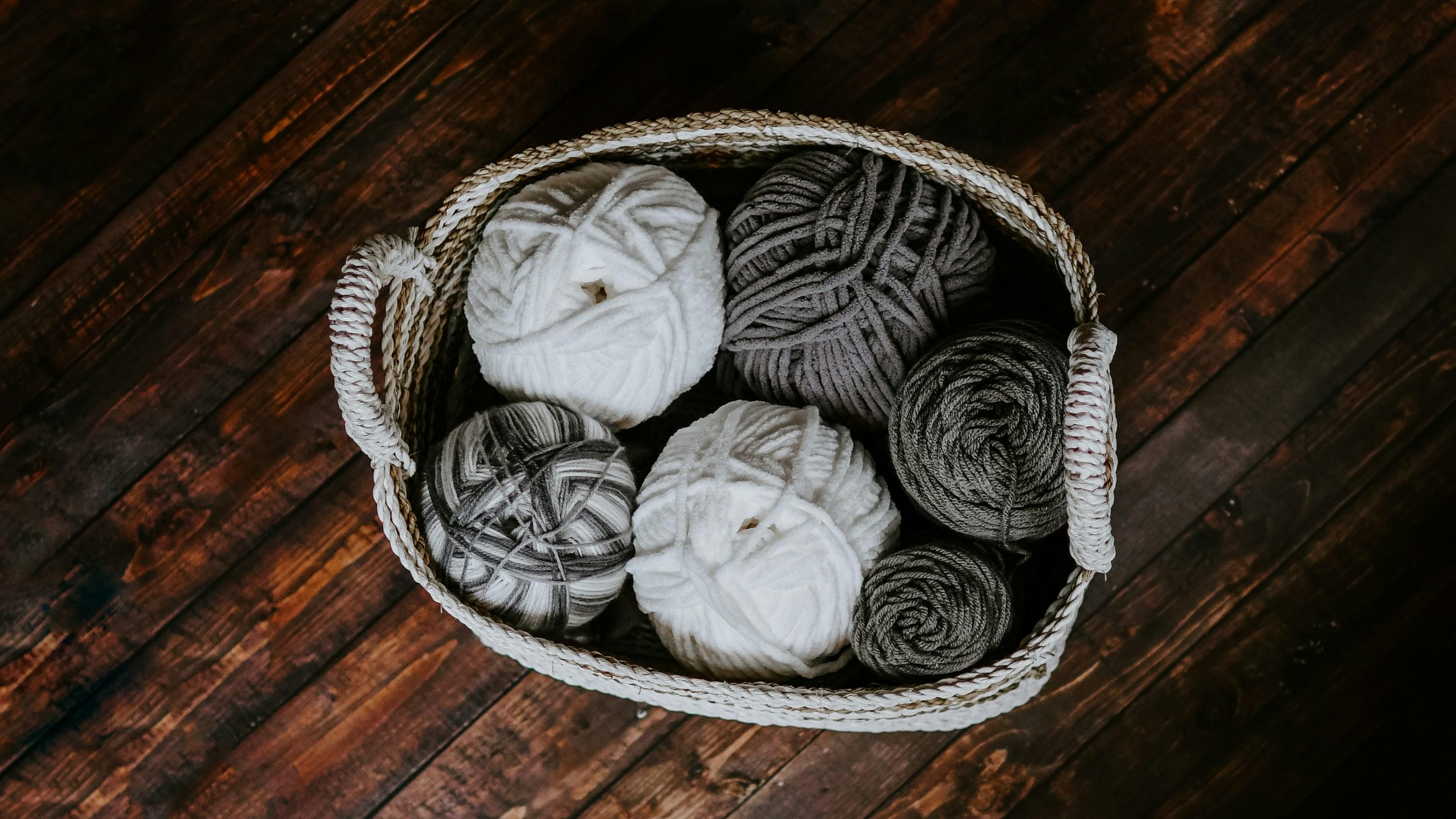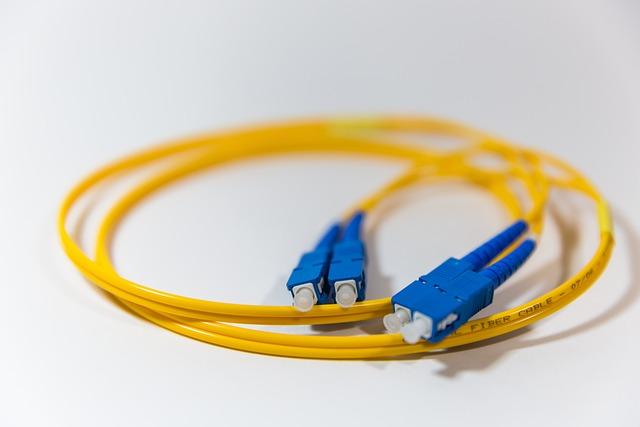In the intricate ecosystem of the human body, the gut reigns supreme as a dynamic powerhouse, influencing everything from digestion to mental well-being. Yet, in our fast-paced world, gut health often takes a back seat, leading to a cascade of unwelcome symptoms. Enter the humble hero: fiber. Often overshadowed by trendier health fads, a high-fiber diet holds the key to revitalizing and nurturing our digestive systems. This article delves into the transformative power of fiber, exploring how it can harmonize gut flora, enhance nutrient absorption, and fortify overall health. Join us as we unravel the secrets to a thriving gut, one fiber-rich bite at a time.
Understanding the Role of Fiber in Gut Health
Fiber plays a pivotal role in maintaining gut health, acting as a key component in fostering a balanced digestive system. There are two main types of fiber: soluble and insoluble, each offering unique benefits. Soluble fiber dissolves in water, forming a gel-like substance that aids in slowing down digestion. This type can help regulate blood sugar levels and lower cholesterol. Insoluble fiber, on the other hand, adds bulk to the stool and assists in moving food through the digestive tract, preventing constipation.
- Promotes Healthy Gut Bacteria: Fiber serves as a prebiotic, nourishing the beneficial bacteria in the gut, which is crucial for a robust immune system.
- Enhances Digestion: Regular fiber intake ensures smoother digestion, reducing issues like bloating and gas.
- Supports Weight Management: High-fiber foods can increase feelings of fullness, helping to control appetite and manage weight.
Incorporating a variety of fiber-rich foods like fruits, vegetables, legumes, and whole grains into your diet can significantly boost your gut health. Remember, gradual increases in fiber intake paired with adequate hydration can optimize its benefits.

Choosing the Right High-Fiber Foods for Optimal Digestion
Incorporating the right high-fiber foods into your diet is essential for maintaining a healthy gut. Soluble fiber helps slow digestion, allowing your body to absorb nutrients more effectively, while insoluble fiber adds bulk to your stool, aiding in smoother bowel movements. To achieve a balance, consider adding a variety of fiber-rich foods to your meals.
- Whole grains: Opt for whole-grain bread, brown rice, and oats to increase your fiber intake.
- Fruits: Apples, pears, and berries are excellent sources of fiber that can be easily added to your diet.
- Vegetables: Incorporate leafy greens, carrots, and broccoli to enhance your fiber consumption.
- Legumes: Beans, lentils, and chickpeas not only provide fiber but also essential proteins.
- Nuts and seeds: Almonds, chia seeds, and flaxseeds are nutrient-dense options to boost fiber levels.
By diversifying your food choices, you can support a thriving gut microbiome and enjoy improved digestion. Experiment with these options to find combinations that suit your palate and dietary needs.

Incorporating Fiber into Your Daily Meals
Elevating your meals with high-fiber ingredients can be both delicious and beneficial for gut health. Start by integrating whole grains like quinoa, barley, or brown rice into your daily dishes. These grains are not only filling but also packed with nutrients that support digestion. Consider swapping out refined pasta for a whole-grain alternative or using oats in your breakfast routine.
- Fruits and Vegetables: Incorporate more fruits and vegetables, especially those with edible skins and seeds, such as apples, berries, and carrots. They’re rich in fiber and can be easily added to salads, smoothies, or as snacks.
- Legumes: Beans, lentils, and chickpeas are versatile options that can be included in soups, stews, or even baked goods to boost fiber intake.
- Nuts and Seeds: A handful of almonds, chia seeds, or flaxseeds can enhance the fiber content of your meals and snacks.
Experiment with these additions to create meals that not only satisfy your taste buds but also promote a healthy gut. Remember, increasing fiber gradually and staying hydrated is key to reaping the full benefits.

Monitoring and Adjusting Your Fiber Intake for Long-Term Benefits
To truly harness the benefits of a high-fiber diet, it’s essential to keep a close eye on your intake and make necessary adjustments over time. Begin by tracking your daily fiber consumption. Use apps or food diaries to ensure you’re meeting your goals. This will help you identify patterns and make informed choices.
Consider these tips for effective monitoring:
- Gradual Increase: If you’re new to a high-fiber diet, introduce fiber slowly to avoid digestive discomfort.
- Diverse Sources: Incorporate a variety of fiber-rich foods such as fruits, vegetables, legumes, and whole grains to ensure a balanced intake.
- Hydration: Drink plenty of water to help fiber do its job effectively and prevent bloating.
- Listen to Your Body: Pay attention to how your body reacts and adjust your intake accordingly.
By monitoring and fine-tuning your fiber intake, you can sustain the long-term benefits of improved gut health and overall well-being.





